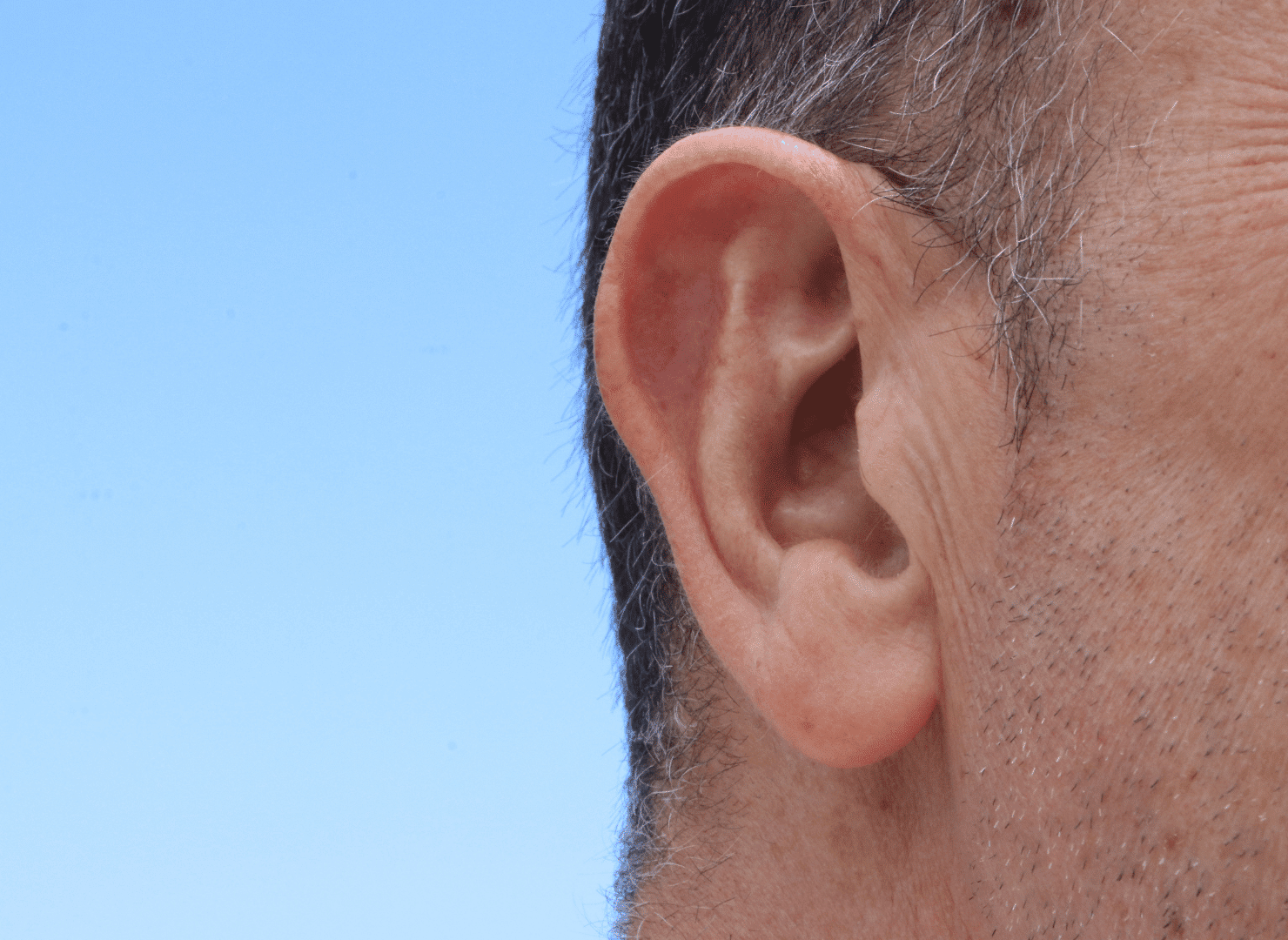Wearing hearing aids for the rest of your life may seem daunting, but if they fit properly, you might not even notice you're wearing them. This is why fitting hearing aids is one of the most important parts of the process of purchasing a pair.
The focus is usually on finding the right model with the correct levels. Because of this, the fitting portion is rushed.
Whether in an office or using an at-home model, remember not to rush. Take the time to get the right fit to ensure the best hearing and comfort levels.
 Silcon Domes[/caption]
These silicon end pieces come in different sizes. The benefit of having different-sized domes is it's easier to determine what's right for you from the comfort of your own home. These pieces, otherwise known as domes, can be exchanged with larger or smaller sizes to get the best fit possible.
Your hearing aid dome should fit snugly in your ear, like a cork in a wine bottle, so that no excess air passes through.
If you are experiencing whistling from your hearing aid, this may indicate that your dome is not creating a snug seal with your ear. In these situations, the dome lets excess air pass through.
For hearing aids that go behind the ear as opposed to inside of the ear, you can ask for a longer or shorter tube length. Longer tubes are helpful if you wear glasses or have larger ears.
Similar to the domes, you can determine which length is most comfortable for your use. Properly fitting hearing aids do not have feedback. That means they don't whistle. They should fit snugly in the ear.
Do not settle until you are comfortable with a well-fitting hearing aid!
Silcon Domes[/caption]
These silicon end pieces come in different sizes. The benefit of having different-sized domes is it's easier to determine what's right for you from the comfort of your own home. These pieces, otherwise known as domes, can be exchanged with larger or smaller sizes to get the best fit possible.
Your hearing aid dome should fit snugly in your ear, like a cork in a wine bottle, so that no excess air passes through.
If you are experiencing whistling from your hearing aid, this may indicate that your dome is not creating a snug seal with your ear. In these situations, the dome lets excess air pass through.
For hearing aids that go behind the ear as opposed to inside of the ear, you can ask for a longer or shorter tube length. Longer tubes are helpful if you wear glasses or have larger ears.
Similar to the domes, you can determine which length is most comfortable for your use. Properly fitting hearing aids do not have feedback. That means they don't whistle. They should fit snugly in the ear.
Do not settle until you are comfortable with a well-fitting hearing aid!
In-Store Hearing Aid Fitting
If you are going to an audiologist for a fitting, bring along a family member or friend. That way you hear a familiar voice when testing out different models. The audiologist will give you a hearing test to decide which model is best, and then insert that model into your ear. Since these models are generally not fitted to your ear, it can feel uncomfortable at first. The audiologist may have a mold to use to create a better-fitting product. Some high-tech offices will take scans of the inner ear. Scans show how the canal shape changes with mouth movement. They also show how the hearing aid should fit within or behind the ear.At Home Fitting
Fitting hearing aids at home may seem unsafe since there is not a professional around, but the experience is anything but that! When you purchase hearing aids from Audicus, you receive a variety of domes. There are several pliable, silicon end pieces that come with your hearing aid order. [caption id="attachment_26300" align="aligncenter" width="187"] Silcon Domes[/caption]
These silicon end pieces come in different sizes. The benefit of having different-sized domes is it's easier to determine what's right for you from the comfort of your own home. These pieces, otherwise known as domes, can be exchanged with larger or smaller sizes to get the best fit possible.
Your hearing aid dome should fit snugly in your ear, like a cork in a wine bottle, so that no excess air passes through.
If you are experiencing whistling from your hearing aid, this may indicate that your dome is not creating a snug seal with your ear. In these situations, the dome lets excess air pass through.
For hearing aids that go behind the ear as opposed to inside of the ear, you can ask for a longer or shorter tube length. Longer tubes are helpful if you wear glasses or have larger ears.
Similar to the domes, you can determine which length is most comfortable for your use. Properly fitting hearing aids do not have feedback. That means they don't whistle. They should fit snugly in the ear.
Do not settle until you are comfortable with a well-fitting hearing aid!
Silcon Domes[/caption]
These silicon end pieces come in different sizes. The benefit of having different-sized domes is it's easier to determine what's right for you from the comfort of your own home. These pieces, otherwise known as domes, can be exchanged with larger or smaller sizes to get the best fit possible.
Your hearing aid dome should fit snugly in your ear, like a cork in a wine bottle, so that no excess air passes through.
If you are experiencing whistling from your hearing aid, this may indicate that your dome is not creating a snug seal with your ear. In these situations, the dome lets excess air pass through.
For hearing aids that go behind the ear as opposed to inside of the ear, you can ask for a longer or shorter tube length. Longer tubes are helpful if you wear glasses or have larger ears.
Similar to the domes, you can determine which length is most comfortable for your use. Properly fitting hearing aids do not have feedback. That means they don't whistle. They should fit snugly in the ear.
Do not settle until you are comfortable with a well-fitting hearing aid!




